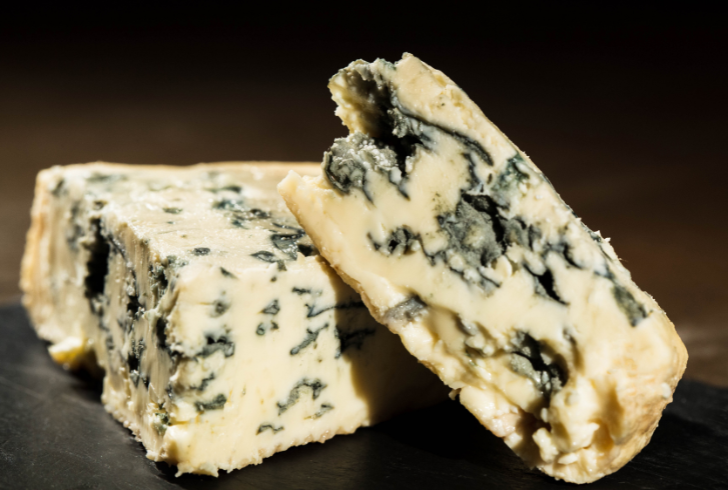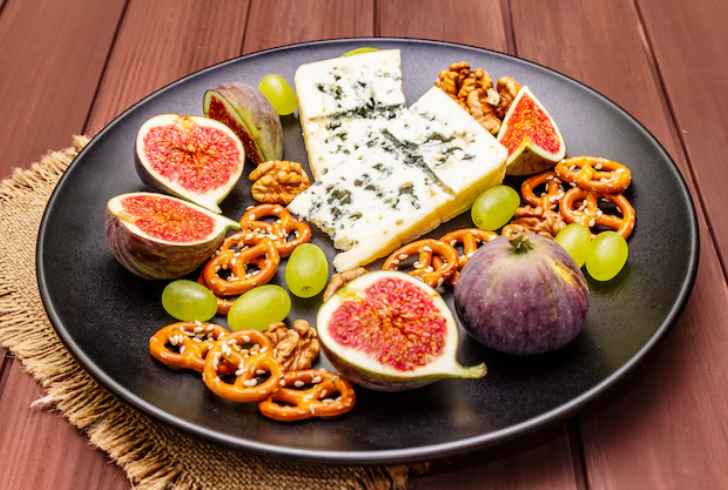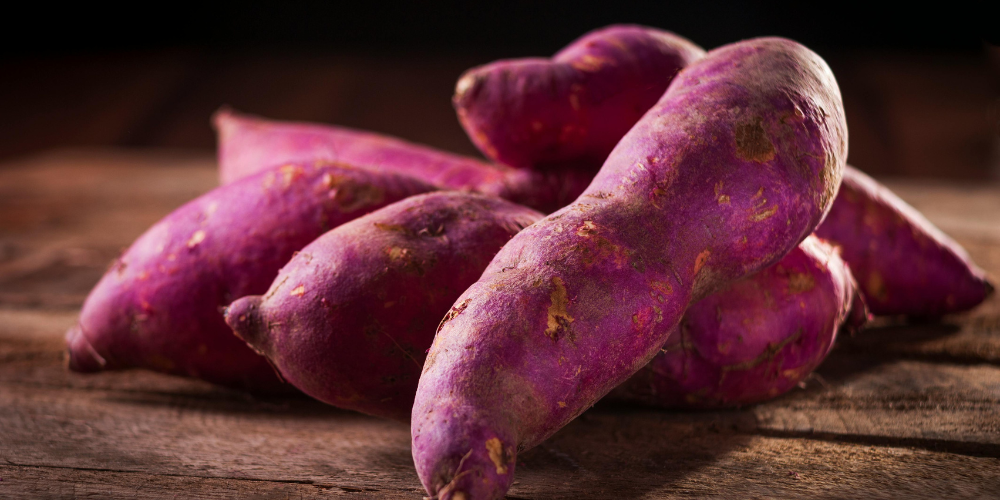Blue cheese often divides food lovers like few other cheeses can. Its marbled veins, tangy aroma, and strong personality tend to scare off newcomers before they even take a bite. For many, the idea of eating something visibly laced with mold feels unappealing. Yet those same traits make it one of the most complex and rewarding foods on the planet.
While some call it “the most challenging cheese,” others see it as the hidden gem of the dairy world. That striking blue mold doesn’t ruin the cheese, it transforms it. It creates creamy, buttery notes balanced by just the right amount of spice. For skeptics, learning that not all blues are pungent powerhouses is the first step to understanding why so many end up hooked once they give it a chance.
Even popular cheese brands are catching on. The mild and creamy Boursin now includes a subtle blue flavor, designed to introduce hesitant eaters to the category without overwhelming their senses.
Gentle Blues for First-Timers

Freepik| v.ivash | Blue cheese, with its mold-veined, strong personality, is a polarizing food that both repels and richly rewards.
Not all blue cheeses are bold. Some are smooth, rich, and surprisingly mild, perfect for first-time tasters who want a softer introduction.
Montagnolo Affine, from Germany, is often called the “blue cheese for people who don’t like blue.” Double cream gives it a texture similar to clotted cream, and the streaks of blue are delicate rather than dominant. It’s buttery and soft, offering only a whisper of sharpness.
Then there’s Gorgonzola Dolce, the sweet Italian classic that melts like ice cream. Its flavor carries hints of fermentation and gentle sweetness, making it one of the most approachable entries in the blue cheese family. Many first-timers find it addictive after a single taste.
Yorkshire’s Buffalo Blue follows suit. Made from water buffalo milk, it delivers a creamy, dense body with a clean, salty finish. The high-fat milk smooths out the tang, creating a cheese that’s rich without being overwhelming.
Finding Balance in Flavor and Texture
When you’re ready to explore beyond the basics, Harbourne Blue and Saint Agur are the next stop. Harbourne, made in Devon from goat’s milk, stands out immediately — few blue cheeses use it. Its texture is crumbly yet delicate, with floral notes that grow spicier as it matures. That evolving flavor is part of what makes it so appealing.
Across the Channel, Saint Agur represents balance in every sense. This French blue is buttery and peppery, rich but approachable, and soft enough to spread while firm enough to slice. It’s no surprise it shows up on tables across Europe.
By this point, most cheese lovers realize that blue cheese isn’t just about punchy intensity. It’s about layers — salt, cream, sweetness, tang — all unfolding slowly as it warms on the tongue. That depth is what keeps people coming back.
Exploring Bold Choices
Once the fear fades, it’s time to meet the stronger personalities of the blue cheese world.
Northern Ireland’s Young Buck is one of the most celebrated examples. Made with raw milk, it’s fudge-like in texture and rich in flavor, combining malty sweetness with a touch of dark chocolate bitterness. Every bite delivers a long, savory finish that keeps cheese lovers coming back.
Colston Bassett Stilton, from Nottinghamshire, shows why Stilton remains the crown jewel of British blues. When aged properly, it’s biscuity, creamy, and packed with umami depth. Many find it transforms from sharp and metallic in its youth to a balanced, almost meaty richness as it matures.
Adventurous Picks for the Brave
For thrill-seekers, a few blues push flavor boundaries even further. Swiss-made Blue Brain looks intense, with a crinkled rind resembling its namesake. Despite its striking appearance, the inner paste is surprisingly gentle, milky, and just spicy enough to keep it interesting. Its older version, though, lives up to its name, powerfully sharp and tear-inducing.
Scotland’s Lanark Blue also brings a bold yet balanced taste. Made from raw sheep’s milk, it’s spicy, earthy, and deeply savory. It may once have had a fiery reputation, but today’s versions lean toward harmony, offering warmth rather than aggression.
France’s legendary Roquefort, made with raw sheep’s milk, remains the standard bearer of bold blue cheeses. Salty and tangy, it has a fondant-like texture that dissolves into sharp, horseradish-like intensity. It’s not for everyone, but those who enjoy its sting rarely go back.
Spain’s Cabrales doesn’t hold back. Aged deep in the caves of Asturias, this blue cheese is unapologetically bold — crumbly, fiery, and packed with fermented fruit notes that practically hum with energy. One bite can make your tongue tingle, which explains why it’s often called the wild child of the blue cheese world.
Why Blue Cheese Deserves a Second Chance

Freepik | user17804885on | Sweet pairings can bring out blue cheese’s surprising depth.
Every wedge of blue cheese is a small scientific marvel. Cheesemakers add Penicillium roqueforti, a mold that blooms into intricate marbling as the cheese ages. The result is flavor complexity that no other cheese can quite mimic. For newcomers, starting with a milder variety helps the palate adjust before tackling stronger blues.
Pair it with honey, figs, or balsamic glaze, and blue cheese reveals an entirely new personality. The sweetness softens its sharp edges and draws out its creamy richness. Many skeptics are won over after realizing how seamlessly it melts into sauces, lifts salads, or crowns a burger.
A Fresh Way to See the Blues
Blue cheese has evolved from an acquired taste into an adventure for the palate. From soft, buttery varieties to the audacious Cabrales, each one tells its own story. Once people discover how dynamic it can be, hesitation gives way to curiosity—and often, love.








